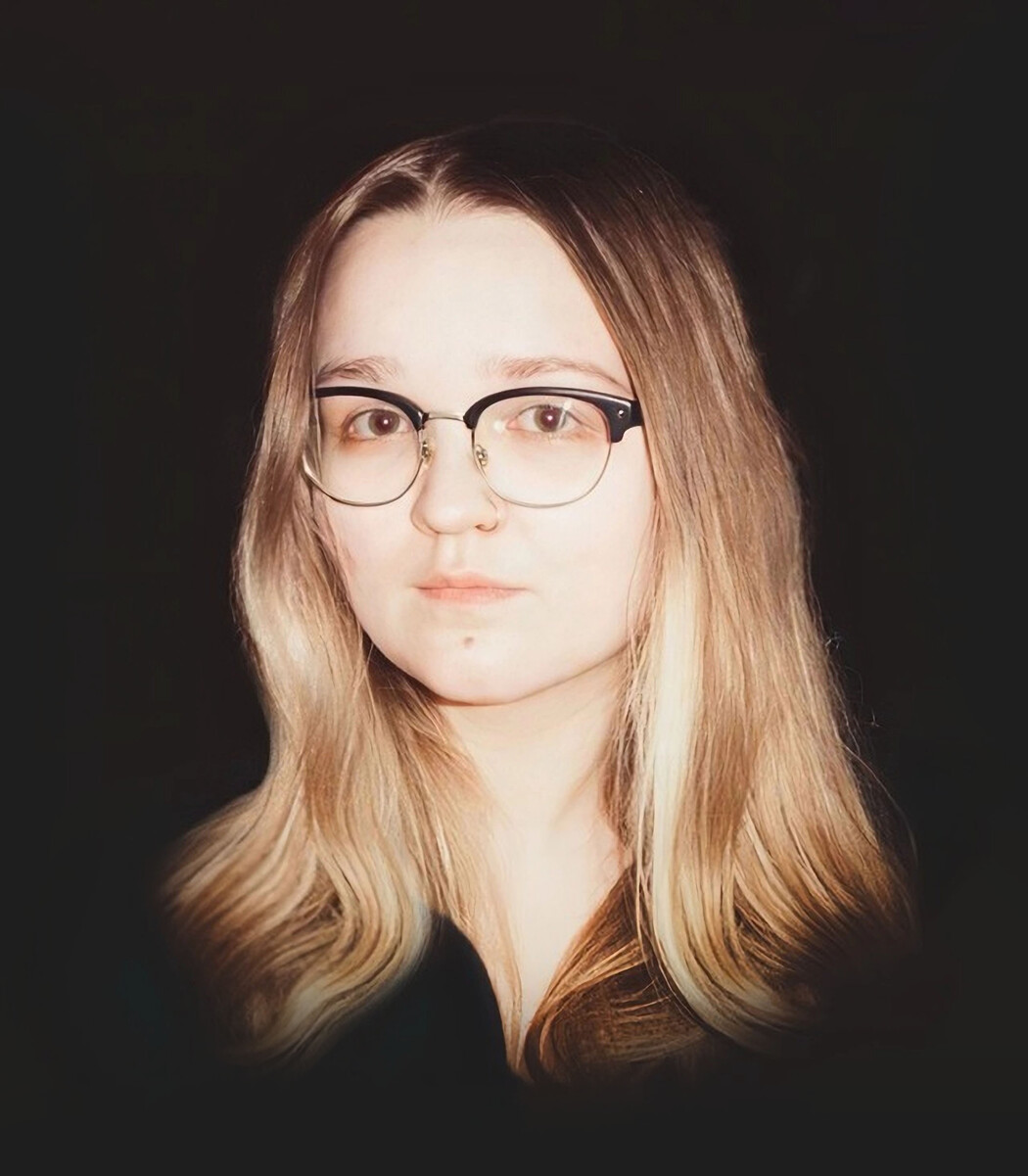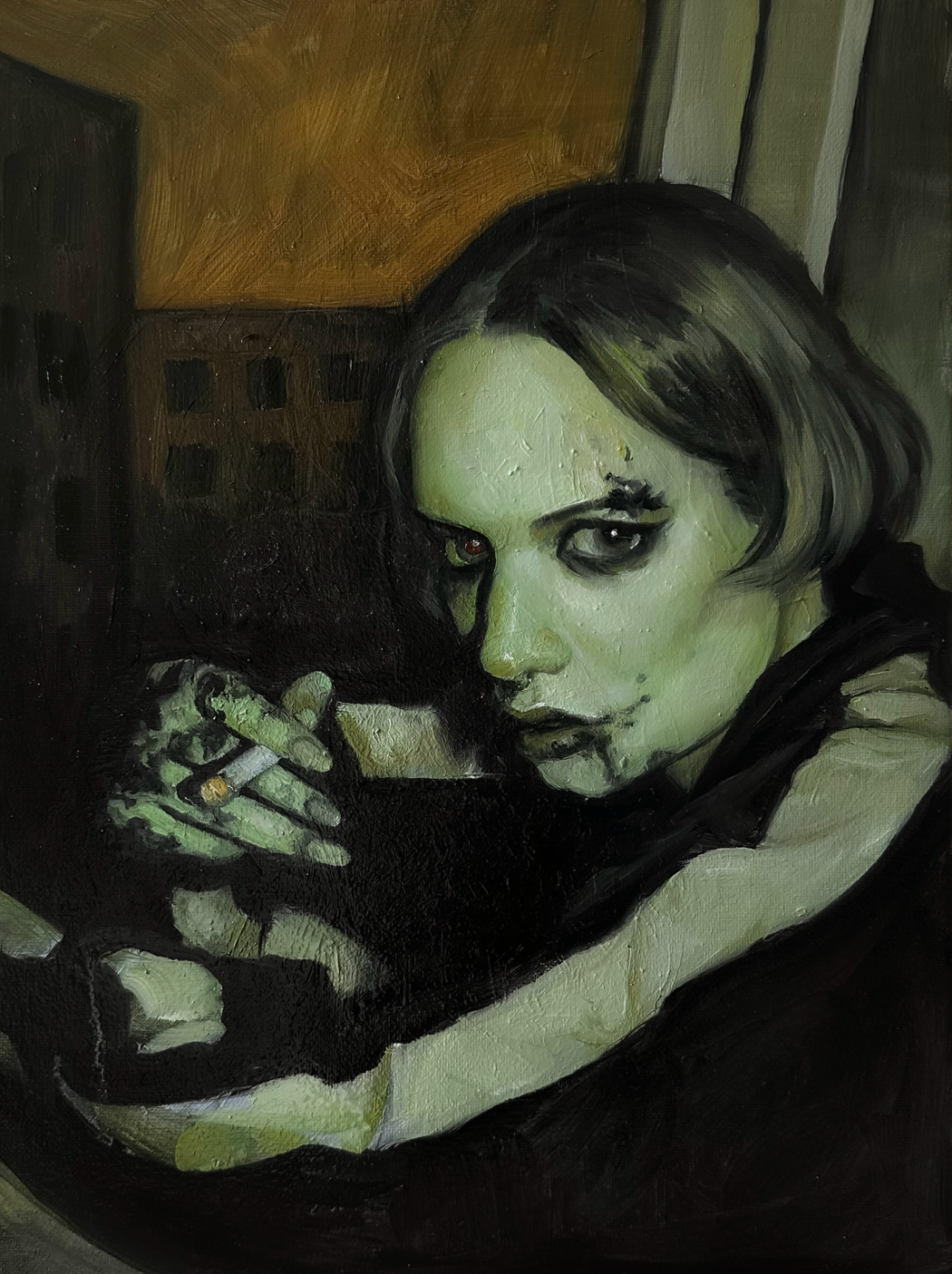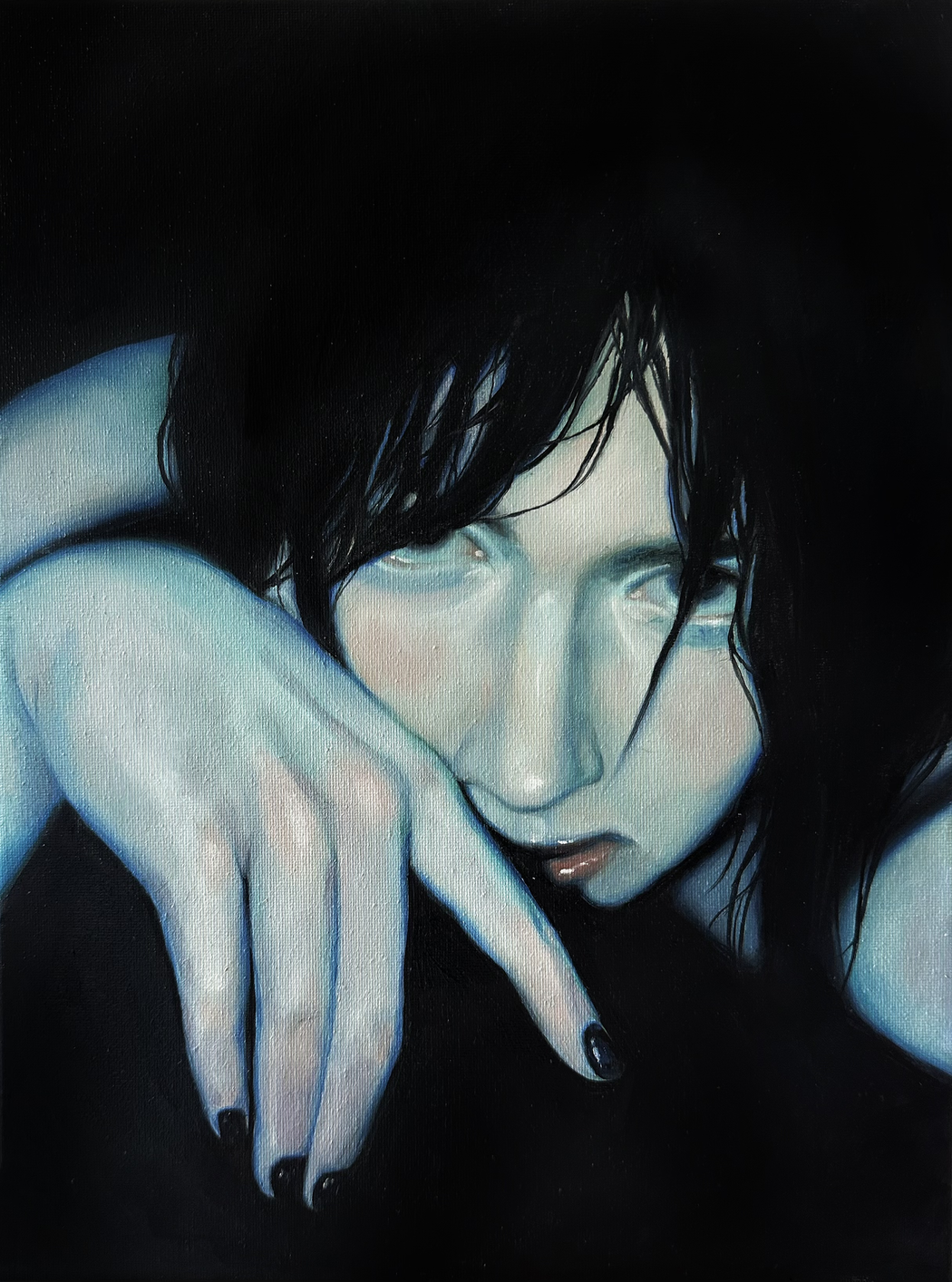Ekaterina Addams
Year of birth: 2000
Describe your art in three words: dark, mysterious, nostalgic
Your discipline: intermedia art
Website | Instagram

How did studying in Berlin and Weimar influence your creative process?
My studies in these cities took place during summer breaks while I was still studying in Russia. It was my first experience with contemporary European art and a departure from the strict limitations set by my institution in Saint Petersburg. In Berlin, I visited art exhibitions as part of the learning process, met renowned photographers in person, and learned about their work directly from them.
Perhaps the most important part of this experience was the opportunity to work on my own projects. For instance, in Berlin, every student presented their photo project, and in Weimar, we organized an entire exhibition of works created during the course.
This experience allowed me to explore different techniques, connect with people from various countries, and break free from my own internal constraints. It may not be as easy for artists from other countries to understand, but for me, this experience completely changed my perspective on art.
How do mysticism and nostalgia shape your work, and what draws you to these themes?
Mysticism has fascinated me since the beginning of my artistic journey, when I was still in school. At that time, I wasn’t thinking about themes or meanings in my work; I just painted what I liked. This awareness came more recently, when I started reflecting on what my art is about and how I want it to be perceived. It was a logical decision to focus on depersonalized characters, often depicting only eyes, hands, silhouettes, or objects. I like to leave room for viewers’ interpretations.
Nostalgia initially emerged from my attempts to romanticize what surrounded me. My childhood and adolescence were spent among gray concrete buildings and gloomy people. As a teenager, I frequently traveled to Europe, where I saw a different, more appealing life. But when I moved to the Czech Republic, I realized I missed those familiar melancholic views, and they began to appear in my work.
 Ekaterina Addams, Night Talk, 2023
Ekaterina Addams, Night Talk, 2023
Tell us about your experience studying video, multimedia, and performance in the Czech Republic and how it influenced your approach to art.
I ended up in this field by chance when I couldn’t decide where to apply. Honestly, I chose it based on a friend’s suggestion because the program name sounded interesting. It turned out to be the right choice, as students in this program can explore any art direction they like. On one hand, this freedom was great because I wasn’t restricted to photography, painting, or objects. On the other hand, I still haven’t been able to settle on one medium.
Overall, it was a valuable experience that significantly influenced my approach to art and taught me how to work on large projects.
What new techniques or directions are you currently exploring in your work?
In August, I tried working with soft solder for the first time. Initially, I thought it would just be a new hobby, and I started making jewelry. But now, I’ve begun incorporating this technique into my works, creating frames for my paintings.
You work across various media—painting, photography, video art, and art objects. How do you decide which medium best expresses your ideas?
I have two approaches to this. In the first, I immediately envision a specific artwork in a certain medium, so there’s no need to choose.
In the second case, it depends on the idea and my resources for realizing it. For example, I don’t always have the necessary props, models, or locations for photography, so I might implement the idea through painting instead.
Your work often touches on personal and mystical themes. How do you maintain a connection with the audience while exploring such introspective topics?
I usually share every stage of my work with close friends. We discuss how each of us interprets the final result and message of the work. This rarely influences the current project, but I enjoy noting what resonates with others and how their experiences align with mine.
When it comes to photography, I often have extensive discussions with the model about the final look of the shoot. Since these are usually non-commercial shoots, I choose the most suitable model, whose perspective doesn’t interfere with my concept but enriches it.
 Ekaterina Addams, Inner Silence, 2023
Ekaterina Addams, Inner Silence, 2023
How do you find a balance between exploring your inner world and external influences in your creative process?
I can’t say I intentionally seek balance in this. Initially, ideas come from external influences, events, or something I’ve seen. Then I begin to analyze my emotions and why this particular thing caught my attention. Often, it may be something insignificant to others, like an old door I saw on a walk. I start wondering what might be behind it. While in reality, there’s probably nothing interesting, art allows me to change that. In the end, the external and internal work together to create something new.

Leave a Reply